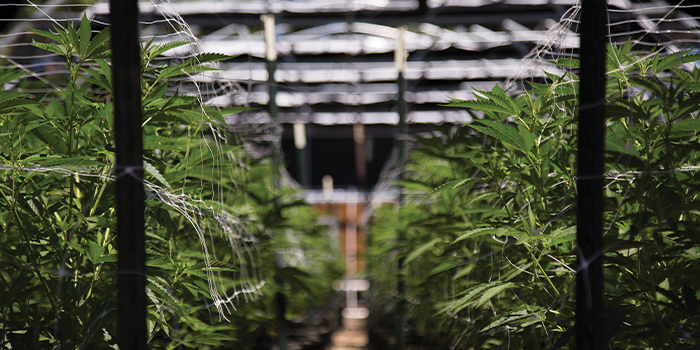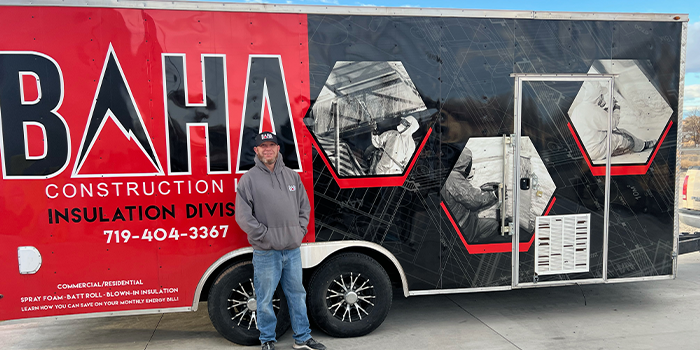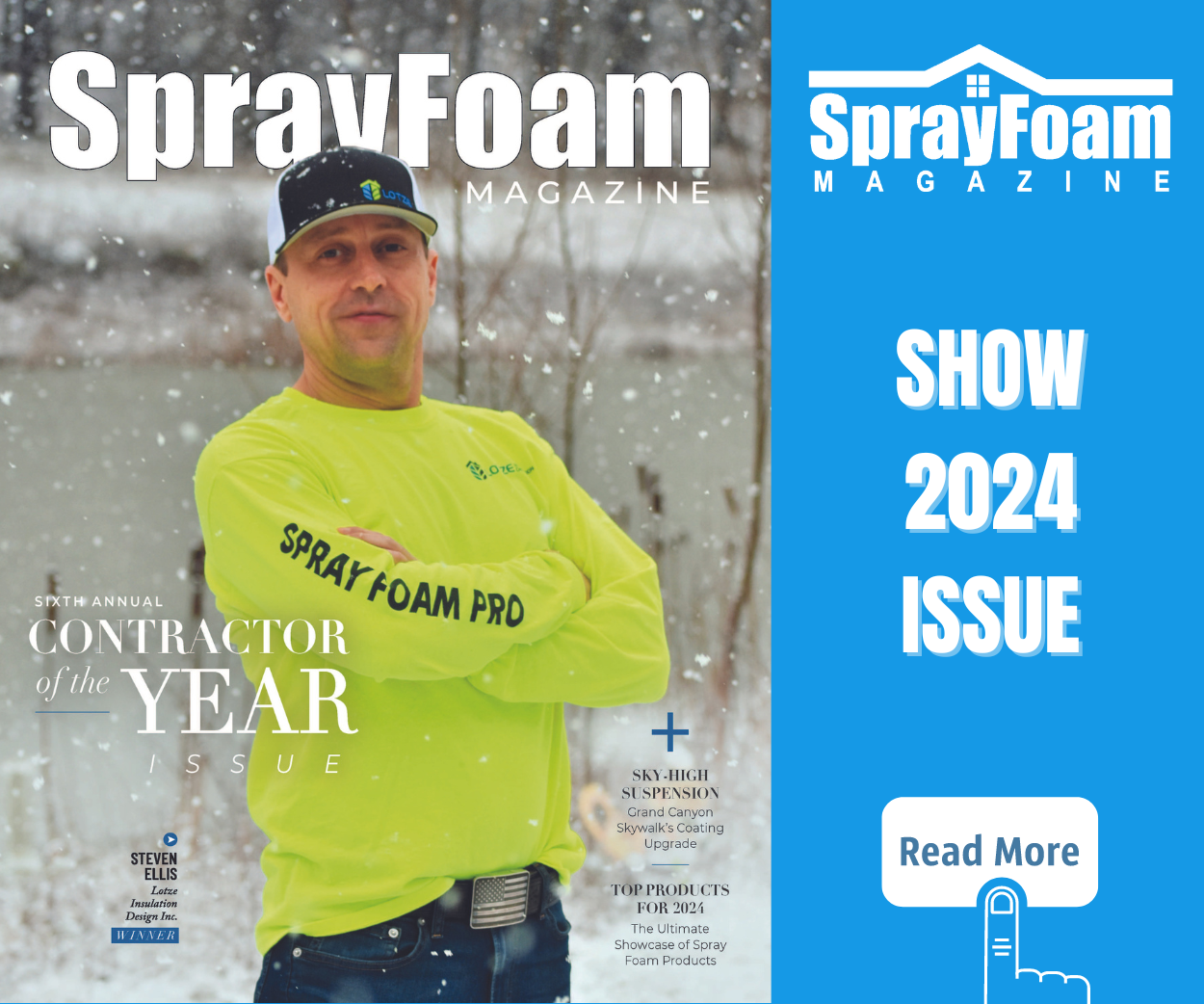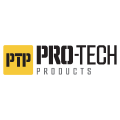Small Changes Can Make a Big Difference
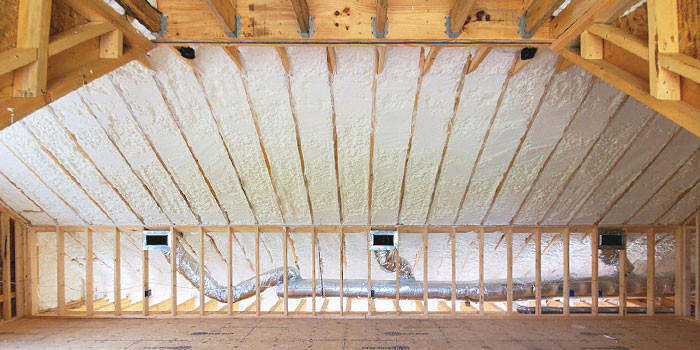

Spring 2020 – Spray Foam Magazine – You’ve worked hard to grow your business and in the current economy business is great, but is your net profit growing at the same rate as your revenue? It’s sad but true that according to the Construction Financial Management Association (www.cfma.org), the average pre-tax net profit for subcontractors in residential construction is a mere 2.2 – 3.5%. With all the risk you take in business, what’s the point of running a business with such a low rate of return? When you’re ready to make the changes needed to change your profitability, you’re going to need to decide what to change and how to do it.
Making big, sweeping changes to a company is usually not a good idea. Big changes are often felt as a threat to employees, and it’s rare to get the results you intended. It’s much better and much easier to manage several small changes to different areas of the company. Just one or two percent changes can dramatically improve profit, and a more efficient organization is actually easier to run.
There are five ways we can make small changes in our business that can collectively have the profound effect on net profit you’re looking for:
- Raise prices
- Reduce fixed cost
- Increase performance
- Reduce waste
- Reduce overhead
In Part-1 we’ll talk about Raising Prices, Reducing Fixed Cost by using “OPM” and Increasing Performance. In Part-2 (coming in the next issue of Spray Foam Magazine)we’ll cover Reducing Waste and Overhead and we’ll summarize with some examples of what doing all of this can look like on your bottom line, net profit.
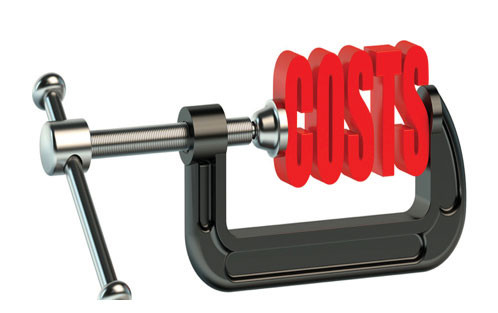
Raise Your Price
The first small change you can make in your business to improve profit is to raise your price by a percent or two. Ask yourself if you’d lose the job by raising your price from $5,000 to $5,050 or $5,100. It’s rather unlikely that a one or two percent increase in your prices would make a difference in your ability to close the sale, but combined with small changes in other areas it can make a big difference to the bottom line.
Residential and commercial construction costs have risen dramatically over the past 15 years yet most spray foam contractors have not raised prices accordingly.
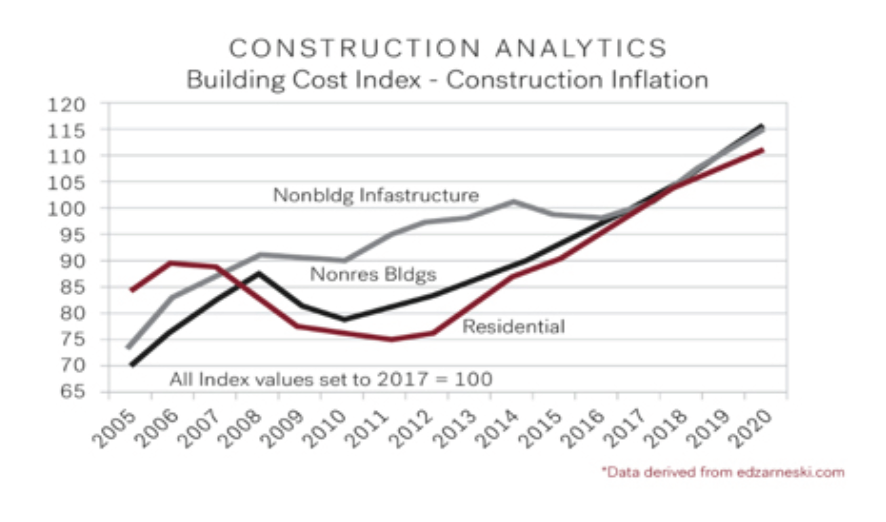
Insulation costs to the builder or general contractor have also risen at a steady pace over the last two decades, but both the cost of foam chemicals and the installed cost of spray foam have held steady or even decreased in many markets.
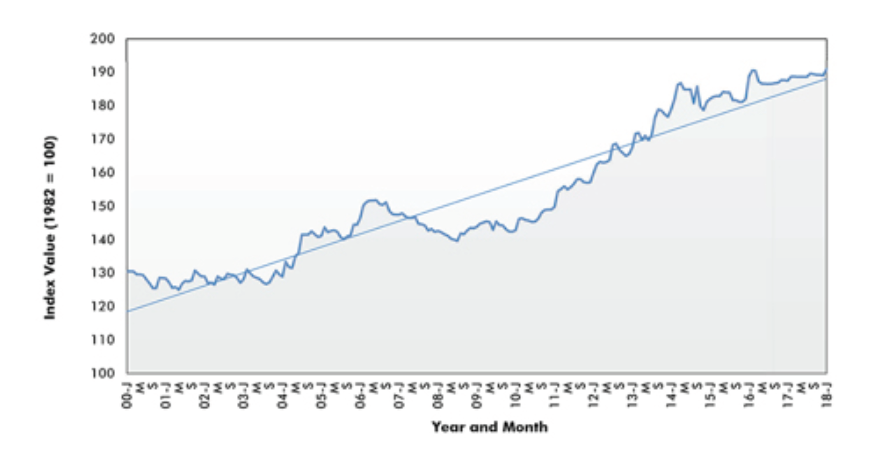
This doesn’t seem fair since our field-installed spray foam insulation and air-seal is the best in the business. Spray foam saves energy, greenhouse gas production from fossil fuel-fired power production, and makes homes more durable and comfortable than any other type of insulation.
Reduced Fixed Cost
There are several measures of performance in the spray foam industry including yield of product and quantity of foam sprayed in a crew-day. These are both derived from the job cost analysis completed after every single job. Without “job-costing,” there’s no way to know your actual cost of spraying foam, and therefore no way of intelligently pricing your job.
Using the right product from the right supplier is essential to maximizing profit. Getting great yield is important as is getting the best sales and technical support. We buy drums with gallons of chemical and pay by the set or pound. We price our jobs based on board feet of finished foam, but we’re really selling R-Value. No other industry has such a convoluted system so if we’re going to make money, we have to be really smart about maximizing performance of both our foam and our crew.
Working with a company like SES with their highly skilled field techs and their high-performance foam products can make a huge difference in company profit. For instance, an increase of five to 10 percent yield can improve gross profit by two to four percent. You have very little direct or variable costs associated with the additional installed foam so a high percentage of your gross profit falls to the bottom line. According to national average profits for subcontractors, this alone could double your net profit!
By incorporating all five strategies, you could significantly improve profit and your staff and crew will respond much more favorably to these small changes than big shifts in policies and procedures.
COMING IN THE NEXT ISSUE
In Part-2 we’ll show how easy it is to reduce waste and overhead then summarize a plan to get you headed toward higher profit as a spray foam contractor.
*Spray Foam Magazine does not take editorial positions on particular issues; individual contributions to the magazine express the opinions of discrete authors unless explicitly labeled or otherwise stated. The inclusion of a particular piece in the magazine does not mean that individual staff members or editors concur with the editorial positions represented therein.
Disqus website name not provided.




